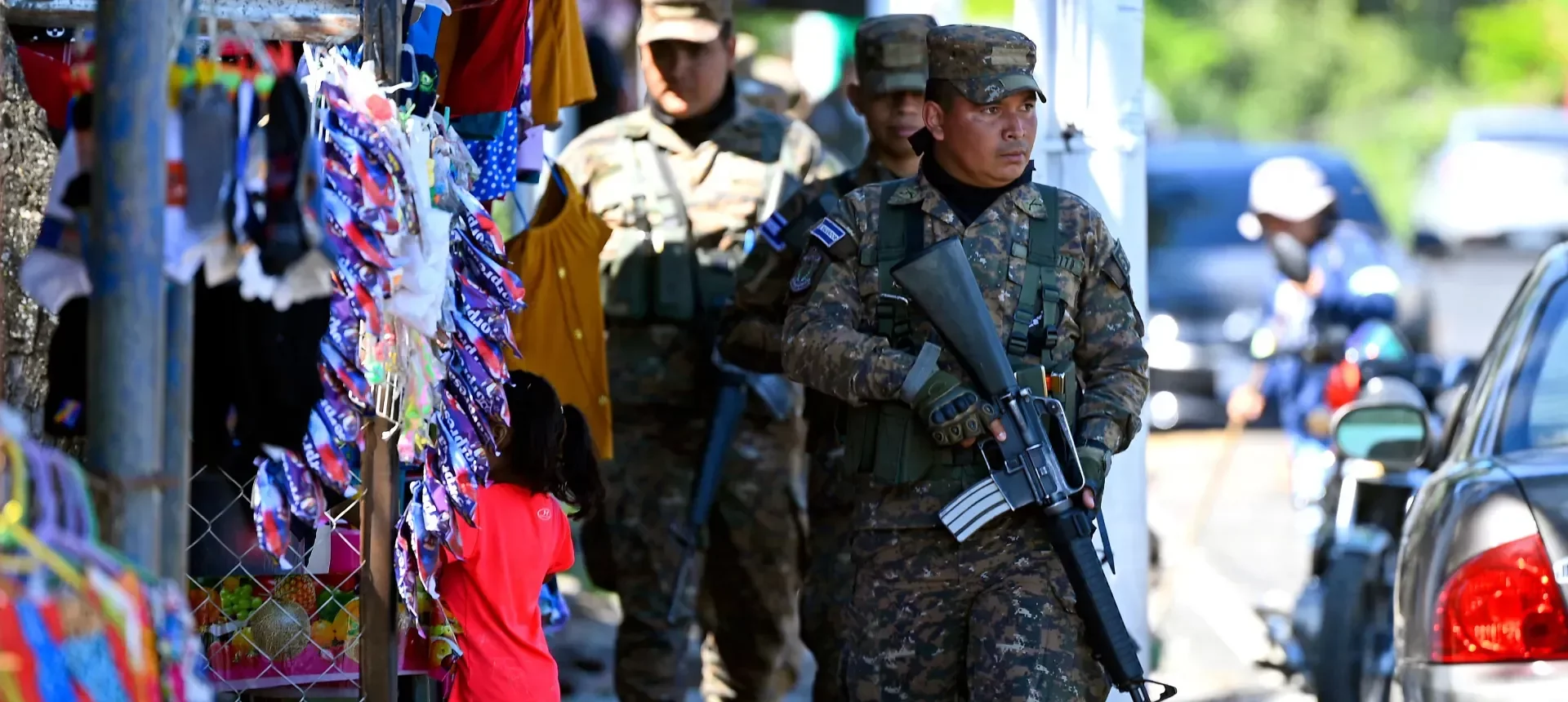Rates of general crime across Latin America will probably remain high in the coming years. These rose drastically between 2021 and 2022, seemingly due to a relaxation of pandemic-related movement restrictions.
This assessment was issued to clients of Dragonfly’s Security Intelligence & Analysis Service (SIAS) on 22 August 2023.
- High general crime rates are likely to persist throughout Latin America in the coming years
- The crime rate in most countries is now largely similar to 2019 levels, after dropping amid pandemic-related movement restrictions
- Despite the poor socio-economic outlook for the region, a drastic rise in general crime seems unlikely in the coming years
Official forecasts of poor socio-economic conditions for the region in the coming years will probably help sustain high levels of criminality. And more national governments appear to be pursuing crackdowns on gangs to reduce violent crime, which will probably divert resources away from day-to-day policing. This is likely to result in localised spikes in petty crime.
Robbery main risk to travellers
Robbery is likely to remain the main security risk for business travellers or staff working in Latin America into 2024. During the pandemic, rates of general crime across the region dropped due to restrictions on day-to-day movement during lockdowns. In 2022, once these restrictions were removed, crime levels largely returned to 2019 levels regionwide. The only countries where crime appears to have risen slightly above 2019 levels are Chile, Colombia and Ecuador, based on official figures and press reporting. In our analysis, this is probably due to a deterioration in security in those countries.
Limited impact of worsening gang violence
Recent increases in violent organised crime in some countries do not seem to be drastically affecting the general population. The homicide rate over the past four years has risen in Chile, Colombia, Costa Rica, Ecuador and Panama. But this appears to be linked to gang disputes over territory along drug-trafficking routes. For example, the rising national homicide rate in Costa Rica is largely due to a 47% rise in homicides (from 564 in 2019 to 661 in 2022) in Limon, where gangs are currently fighting for control of a port used for drug trafficking. The nationwide robbery rate has declined during that time.
That said, worsening gang violence will probably enable petty criminality in some areas. This is because local governments in areas where organised crime is worsening usually divert the resources of the security forces to contain this. This is evident in Ecuador, where gang violence has led to a 336% increase in the murder rate (from 1,056 in 2019 to 4,603 in 2022), according to official data. There has also been an 11% increase in robberies (from 71,191 to 79,517) during this period. But official data shows that robberies in Ecuador have only increased in places where the murder rate is high, along drug-trafficking routes on the west coast, where gangs are fighting for control.

We anticipate national governments will increasingly use emergency measures to tackle gang violence in the coming year. But this is unlikely to reduce general crime. Leading political figures, including in Colombia, Ecuador and most Central American countries, have stated their intention to replicate a recent gang crackdown in El Salvador. This is probably because there has been a reduction in violent crime there but also because the president of El Salvador has achieved extremely high domestic popularity. But other governments that adopt these measures will probably focus attention on areas worst hit by gang violence, rather than areas where petty theft is common.
Poor socio-economic conditions to sustain high crime rates
Poor socio-economic conditions in much of Latin America mean that crime rates are unlikely to improve in 2024. Poverty and unemployment have long fuelled criminality in the region. And the Economic Commission for Latin America and the Caribbean (ECLAC), a UN body, has forecast that the region’s economies will only grow 1.2% in 2023. Our colleagues at FrontierView, an economics, research, and advisory service, have also said that the region will continue a ‘stable but unimpressive growth trajectory’. They have said political volatility and weak institutions continue to curb the region’s potential.
Criminal tactics unlikely to change
We doubt that prevailing criminal tactics will significantly change in 2024. Anecdotal evidence, press reporting and Western government advisories suggest that criminals are likely to opportunistically target lone pedestrians, particularly those displaying signs of wealth. Most incidents are likely to involve muggings or criminals grabbing mobile phones, jewellery or bags, especially at nighttime. The majority of Western governments continue to advise that travellers do not resist assailants if targeted, given that most criminals carry weapons and are quick to resort to violence if challenged.
Image: Soldiers patrol the street looking for gang members during an operation against criminal gangs in Soyapango, El Salvador, on 5 December 2022. Photo by Marvin Recinos/AFP via Getty Images.




